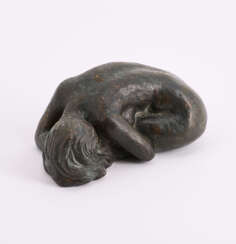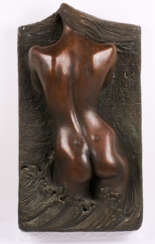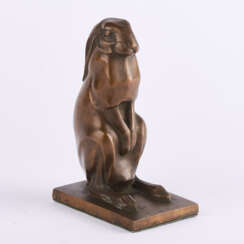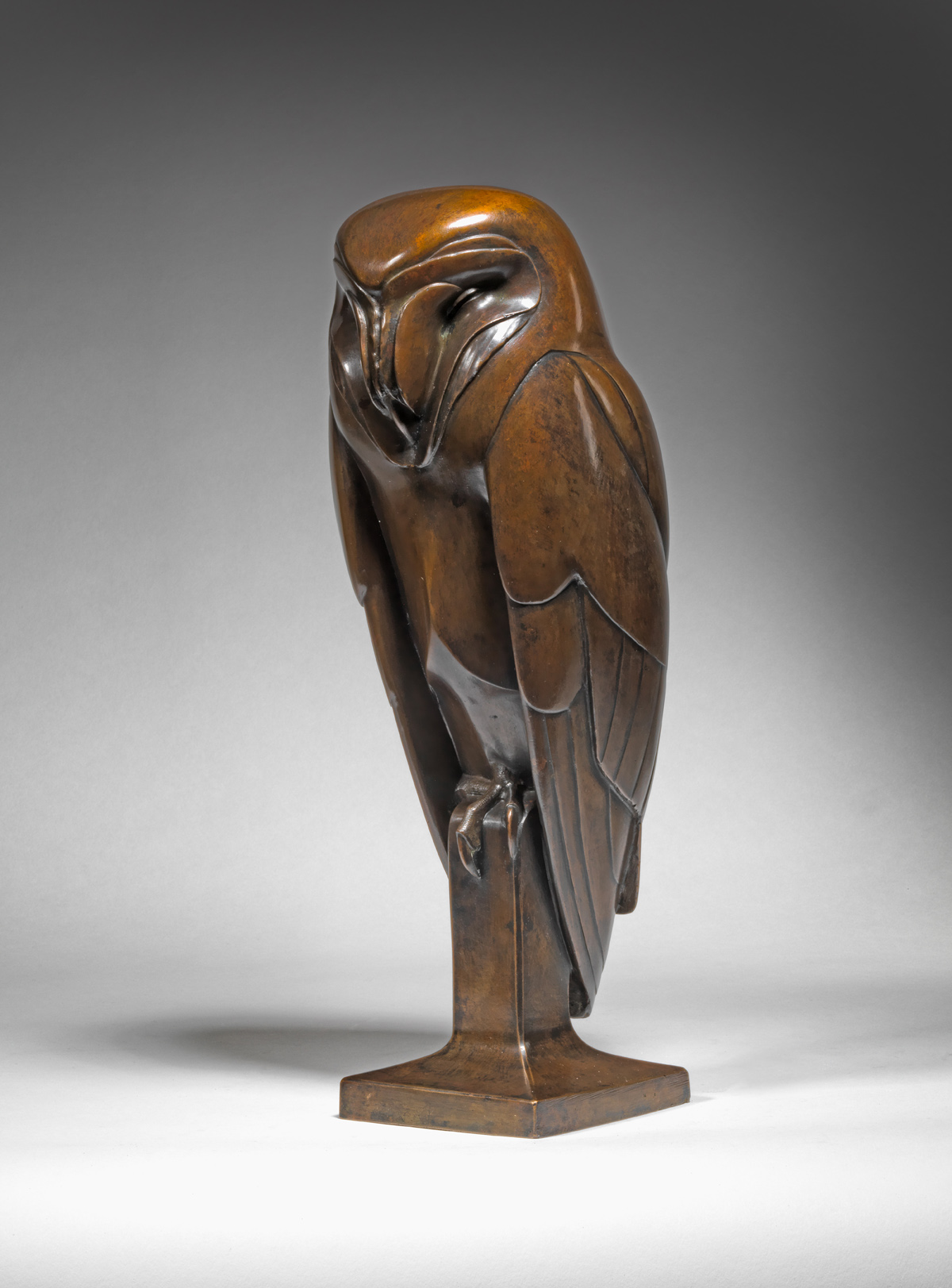
Modern sculptures — A1161: Modern Art

Heinrich Faltermeier was a German sculptor. After an apprenticeship as a goldsmith and years of travel, including to Spain, Faltermeier studied from 1936 to 1943 at the Academy of Fine Arts in Munich. He worked in accordance with the Nazi concept of art and created war memorials. From 1938 to 1944, with the exception of 1941, he was represented at all major German art exhibitions. Faltermeier's preferred working materials as a sculptor were bronze, marble and wood.

Heinrich Faltermeier was a German sculptor. After an apprenticeship as a goldsmith and years of travel, including to Spain, Faltermeier studied from 1936 to 1943 at the Academy of Fine Arts in Munich. He worked in accordance with the Nazi concept of art and created war memorials. From 1938 to 1944, with the exception of 1941, he was represented at all major German art exhibitions. Faltermeier's preferred working materials as a sculptor were bronze, marble and wood.

Heinrich Faltermeier was a German sculptor. After an apprenticeship as a goldsmith and years of travel, including to Spain, Faltermeier studied from 1936 to 1943 at the Academy of Fine Arts in Munich. He worked in accordance with the Nazi concept of art and created war memorials. From 1938 to 1944, with the exception of 1941, he was represented at all major German art exhibitions. Faltermeier's preferred working materials as a sculptor were bronze, marble and wood.

Karl-Heinz Krause is a German sculptor.
Krause survived the war and imprisonment, and began studying sculpture at the Academy of Fine Arts in Berlin in 1947. In developing his style, he always combined the depiction of the human body with the laws of physics (weight - counterbalance) as a form-forming criterion. Thanks to this he achieved a characteristic balance and harmony in his works. In general, Krause's figures resemble living geometric forms in their elegance.

Karl-Heinz Krause is a German sculptor.
Krause survived the war and imprisonment, and began studying sculpture at the Academy of Fine Arts in Berlin in 1947. In developing his style, he always combined the depiction of the human body with the laws of physics (weight - counterbalance) as a form-forming criterion. Thanks to this he achieved a characteristic balance and harmony in his works. In general, Krause's figures resemble living geometric forms in their elegance.


















.jpg)

